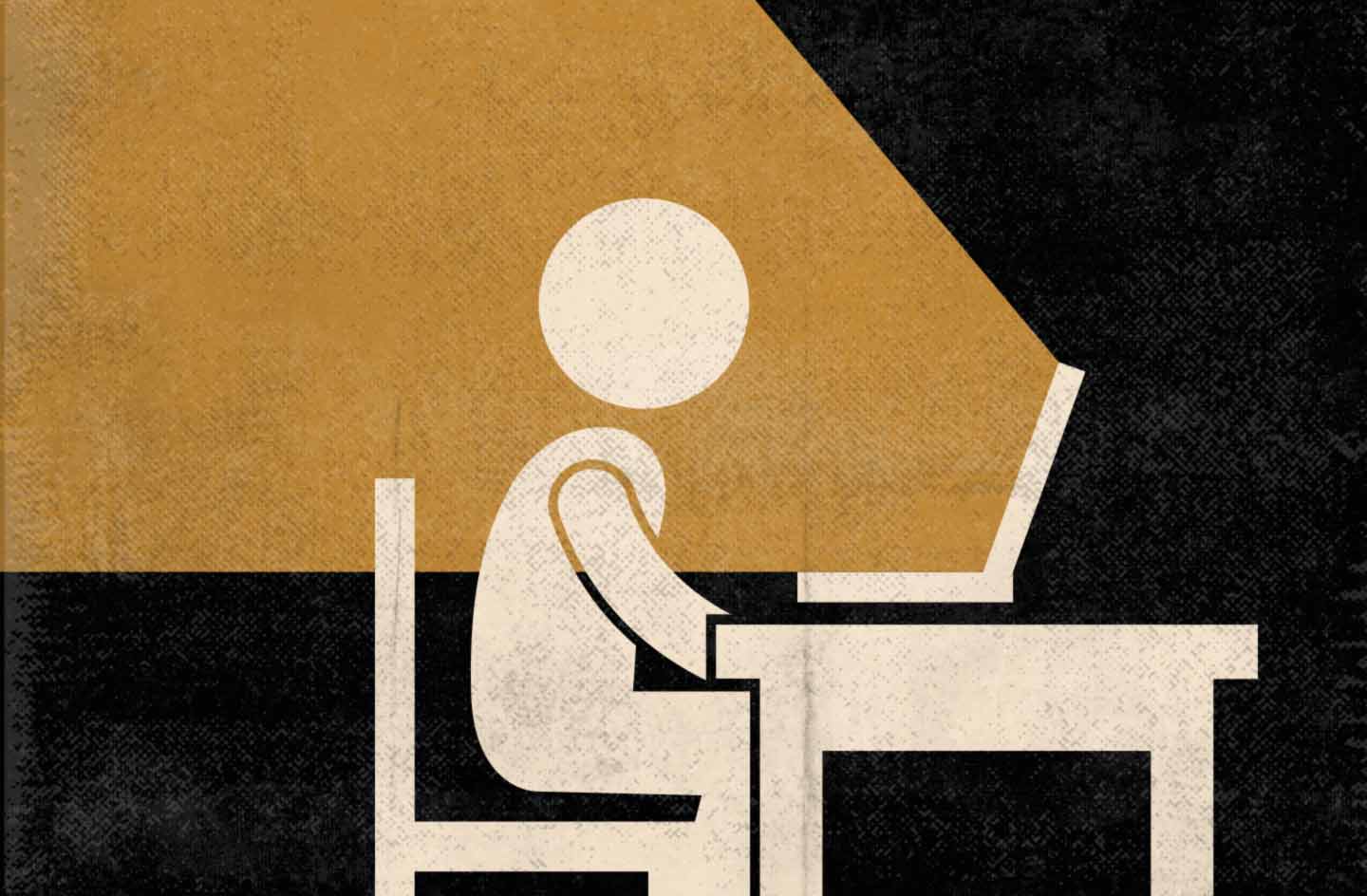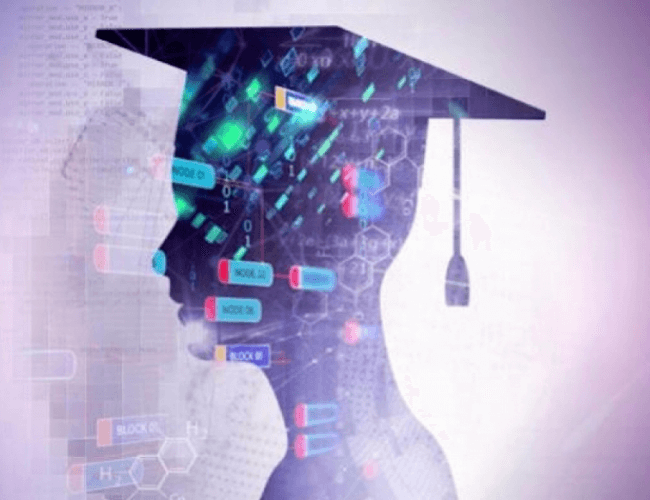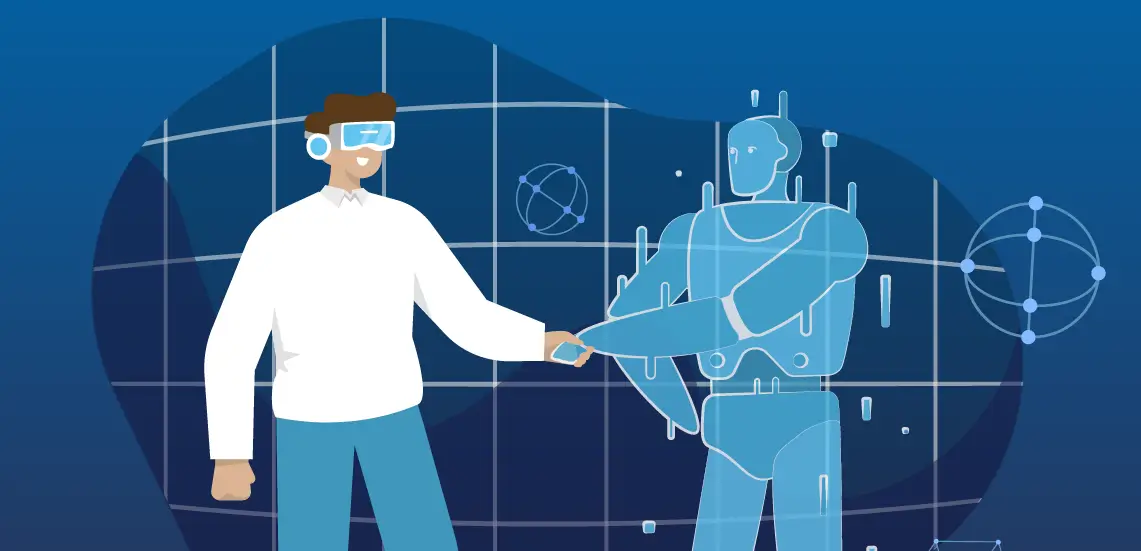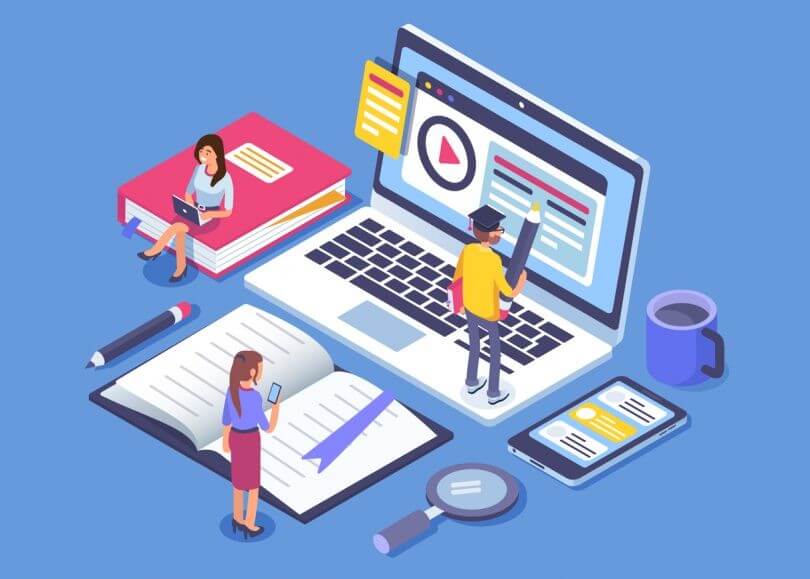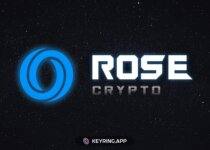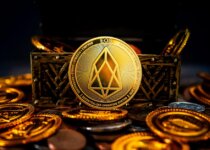Web3 and the Future of Education: Navigating Decentralized Learning Landscapes
I. Introduction:
The landscape of education is undergoing a profound transformation, and at the heart of this evolution lies Web3—the decentralized, blockchain-driven paradigm that is reshaping the digital world. In this exploration, we delve into the intersection of Web3 technologies and education, uncovering the potential for decentralized, transparent, and user-centric learning environments that could redefine the future of education on a global scale.
II. The Current Educational Landscape:
a. Centralization Challenges:
- Traditional Models: The current educational system often operates within centralized frameworks, with institutions and platforms holding significant control over content, certification, and access. This centralization can result in limited accessibility, high costs, and barriers to innovation.
b. Digital Learning Platforms:
- Advancements: Digital learning platforms have seen remarkable growth, providing online courses, resources, and collaboration tools. However, challenges such as data privacy concerns, lack of transparency, and the concentration of power persist.
c. Global Education Disparities:
- Accessibility: Disparities in educational opportunities persist globally, with challenges related to access to quality education, particularly in underserved regions. Web3 technologies offer a promising avenue to address these disparities.
III. Understanding Web3 Technologies:
a. Blockchain as a Foundation:
- Decentralization: Blockchain, the underlying technology of Web3, enables decentralized and tamper-resistant databases. In education, this translates to transparent and secure record-keeping, reducing the risk of fraud and enhancing trust.
b. Smart Contracts for Transparent Transactions:
- Programmable Agreements: Smart contracts, self-executing contracts with coded terms, facilitate transparent and automated transactions. In education, this can streamline processes like enrollment, certification, and payment.
c. Tokenization and Incentive Structures:
- Token Economics: Tokenization in Web3 enables the creation of educational tokens, fostering incentive structures for learners, educators, and institutions. This can revolutionize the traditional concept of rewards and recognition in education.
IV. Decentralized Learning Platforms:
a. Blockchain-Based Credentialing:
- Verified Credentials: Blockchain allows for the creation of secure and verifiable credentials. Learners can have ownership of their achievements, and employers can trust the authenticity of qualifications.
b. Decentralized Autonomous Learning Organizations (DALOs):
- Community-Driven Learning: DALOs leverage the principles of DAOs to create community-driven educational organizations. Participants have a say in decision-making, curriculum development, and resource allocation.
c. Open Educational Resources (OER) on Blockchain:
- Immutable Content: Storing open educational resources on blockchain ensures immutability, preventing unauthorized alterations. This transparency enhances trust in the authenticity of educational content.
d. Tokenized Incentives for Learners:
- Reward Systems: Web3 enables the creation of tokenized reward systems for learners. Participation, achievements, and contributions can be recognized and rewarded through educational tokens.
V. The Role of Smart Contracts in Education:
a. Automated Enrollment Processes:
- Efficiency: Smart contracts can automate enrollment processes, reducing administrative overhead and ensuring that learners have immediate access to course materials upon enrollment.
b. Decentralized Funding and Scholarships:
- Transparent Funding: Smart contracts facilitate transparent and decentralized funding mechanisms for scholarships. Donors can track the impact of their contributions, ensuring accountability.
c. Immutable Academic Records:
- Tamper-Resistant Records: Academic records stored on a blockchain through smart contracts become tamper-resistant. This ensures the integrity of achievements, grades, and certifications.
d. Automated Verification of Qualifications:
- Efficient Verification: Employers and institutions can use smart contracts to efficiently verify the qualifications of candidates. This streamlines the hiring process and reduces the risk of fraudulent claims.
VI. Collaborative Learning Environments:
a. Decentralized Content Creation:
- Collaborative Authoring: Web3 facilitates decentralized content creation where multiple contributors can collaborate on educational materials, ensuring diverse perspectives and expertise.
b. Peer-to-Peer Learning Networks:
- Decentralized Tutoring: Web3 supports the creation of peer-to-peer learning networks. Smart contracts can automate payments for tutoring services, creating decentralized and accessible learning opportunities.
c. Global Collaboration and Cross-Border Learning:
- Borderless Education: Decentralized platforms enable global collaboration, breaking down geographical barriers. Learners can engage in cross-border learning experiences, fostering cultural exchange.
d. DAOs in Education Governance:
- Community Governance: Decentralized Autonomous Organizations (DAOs) can govern educational institutions, involving stakeholders in decision-making processes. This model promotes inclusivity and shared responsibility.
VII. Web3 and Inclusive Education:
a. Accessibility and Affordability:
- Reducing Barriers: Web3 technologies have the potential to reduce financial barriers and increase accessibility to quality education. Tokenized incentive models can make education more affordable and inclusive.
b. Decentralized Scholarships and Funding:
- Empowering Learners: Through decentralized funding mechanisms, scholarships can be more widely distributed, empowering learners from diverse backgrounds and underserved communities.
c. Micro-Credentials and Lifelong Learning:
- Flexible Learning Paths: Web3 enables the creation of micro-credentials and modular courses, allowing learners to tailor their educational journey. Lifelong learning becomes a flexible and continuous process.
d. Community-Driven Learning Initiatives:
- Tailored Programs: Community-driven educational initiatives, facilitated by DAOs, can cater to specific needs and preferences. This approach ensures that education is shaped by the communities it serves.
VIII. Challenges and Considerations:
a. Regulatory Compliance:
- Navigating Regulations: The decentralized nature of Web3 presents challenges in terms of regulatory compliance. Educational institutions and platforms must navigate legal frameworks while embracing decentralization.
b. Digital Divide:
- Access to Technology: Addressing the digital divide is crucial to ensuring that Web3-enabled education is accessible to all. Efforts must be made to bridge gaps in technology access and literacy.
c. Security Concerns:
- Protecting Data: As education becomes more decentralized, ensuring the security and privacy of learner data becomes paramount. Robust encryption and data protection measures are essential.
d. Transitioning from Traditional Models:
- Adoption Challenges: Transitioning from traditional educational models to decentralized ones may face resistance and require significant shifts in mindset. Educators, learners, and institutions must adapt to new paradigms.
IX. The Future Landscape of Web3 Education:
a. Emerging Educational DAOs:
- DAO Pioneers: Educational DAOs are likely to emerge as pioneers in reshaping the governance and operation of educational institutions. These organizations will prioritize transparency, inclusivity, and community engagement.
b. Integration of Virtual Reality (VR) and Web3:
- Immersive Learning: The integration of VR with Web3 technologies can create immersive and interactive learning experiences. Virtual classrooms, simulations, and collaborative projects may become standard in Web3 education.
c. Cross-Platform Learning Credentials:
- Portable Credentials: Learners may possess cross-platform, portable credentials that are recognized across various educational institutions and industries. This shift enhances the mobility and versatility of qualifications.
d. Decentralized Funding for Educational Projects:
- Crowdsourced Initiatives: Web3 enables the crowdsourcing of funds for educational projects and initiatives. Individuals and organizations globally can contribute to projects aligned with their values and goals.
X. Ethical Considerations and Social Impact:
a. Privacy and Data Ownership:
- Empowering Learners: Web3 technologies empower learners to have greater control over their data. Ethical considerations involve ensuring that learners fully understand and consent to the use of their data.
b. Digital Inclusion and Equity:
- Addressing Disparities: The ethical implementation of Web3 in education involves actively addressing digital inclusion and equity, ensuring that the benefits of decentralized education reach all learners.
c. Ensuring Accessibility for Diverse Learners:
- Universal Design: Decentralized education platforms should prioritize universal design principles, making learning resources and interactions accessible to learners with diverse abilities and backgrounds.
d. Community Engagement and Decision-Making:
- Inclusive Governance: The ethical implementation of Web3 in education requires inclusive governance structures. Decision-making processes should involve the diverse communities that educational initiatives aim to serve.
XI. Conclusion:
Navigating the Decentralized Learning Horizon: As we stand at the intersection of Web3 technologies and the future of education, the journey ahead unfolds with promise and transformative potential. The fusion of decentralized principles with the realm of learning opens a door to an educational landscape characterized by accessibility, transparency, and learner-centricity.
In concluding this exploration, it is essential to recognize the profound impact that Web3 can have on dismantling traditional educational barriers. The promise of blockchain, smart contracts, and decentralized learning platforms lies not only in the creation of tamper-resistant academic records or automated enrollment processes but in the empowerment of learners, educators, and communities worldwide.
The decentralized learning horizon is not without its challenges—whether it be the need to navigate regulatory landscapes, address the digital divide, or ensure the ethical use of learner data. However, these challenges are not roadblocks but rather waypoints that demand thoughtful consideration, collaboration, and innovation. Embracing Web3 in education requires a collective commitment to overcoming these challenges, fostering a learning environment that is equitable, inclusive, and aligned with the principles of open knowledge sharing.
As we envision the future, the emergence of educational DAOs, the integration of immersive technologies like virtual reality, and the portability of cross-platform learning credentials signal a dynamic shift in how we perceive and engage with education. The ethical considerations of privacy, digital inclusion, and community engagement underscore the importance of responsible implementation, ensuring that the benefits of decentralization reach learners from all walks of life.
In the decentralized learning landscape, education becomes a global endeavor, breaking free from the constraints of geographical boundaries. Learners become active participants, collaborators, and contributors in shaping their educational journeys. The potential for community-driven initiatives, decentralized funding for educational projects, and the democratization of knowledge positions education as a collaborative pursuit, transcending the limitations of traditional models.
As the decentralized learning horizon beckons, it invites us to envision an educational future where access to knowledge is not a privilege but a universal right, where learners are not passive recipients but active architects of their educational narratives. Web3 technologies, with their decentralized ethos, illuminate a path forward—a path where the decentralized learning horizon is not just a destination but a continuous, evolving journey into the boundless realms of knowledge and discovery. Embracing this future requires not just technological integration but a commitment to the principles of equity, accessibility, and the shared pursuit of enlightenment. The decentralized learning horizon awaits, and as we navigate its uncharted territories, the promise of a truly inclusive and empowering education beckons us to shape the future of learning for generations to come.


